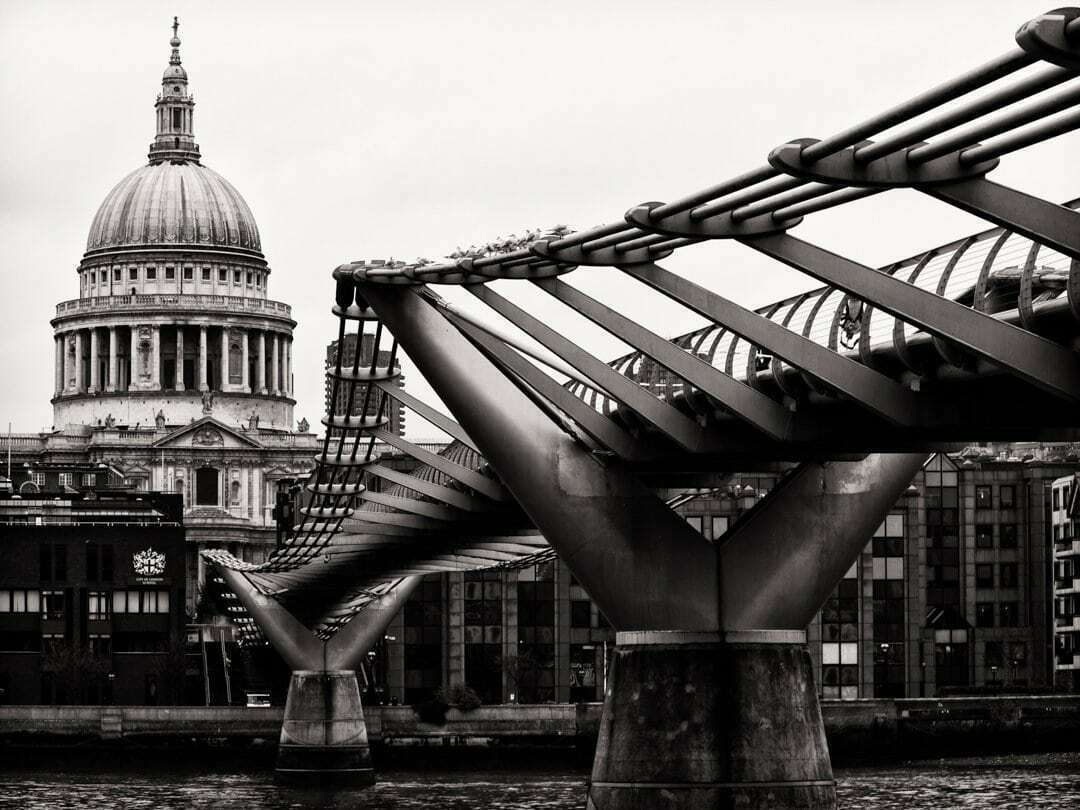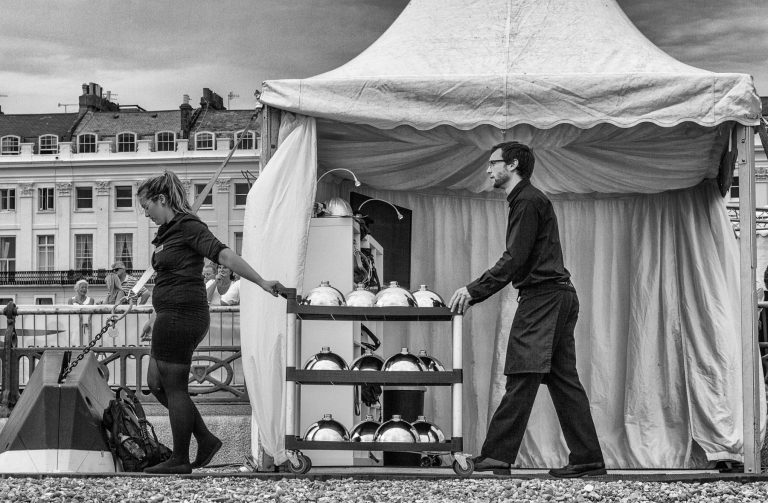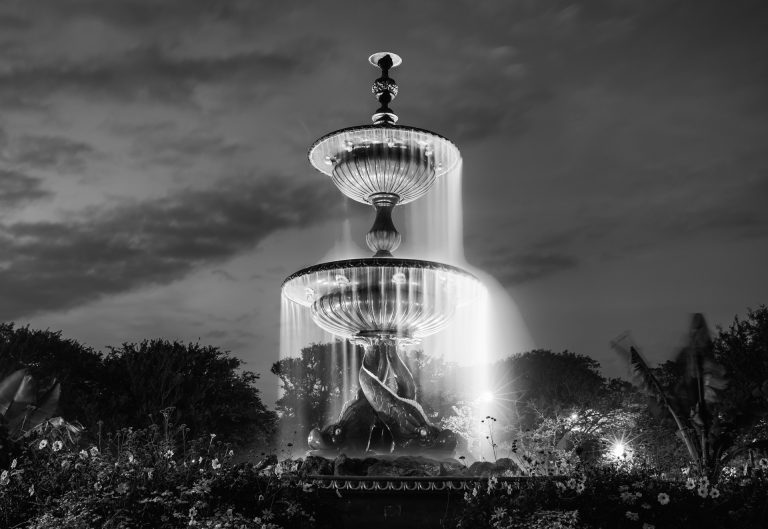How to Develop a Photographic Eye
12 Ways to improve your Photographic Eye
There is a lot of flimflam obscuring the concept of the photographic eye. When you strip away that nonsense, I believe you are left with less of a supernatural gift and more of a mundane matter of training. I’m glad I’ve got that off my chest – now, on to the meat of the matter. Can you develop an eye for photography? Well, yes, you can. In this article, I will demonstrate how to develop a photographic eye.
I wrote an article last year, What Makes a Good Photographer? in which I talked about the attributes shared by most of the good photographers I know. One of the core attributes I talked about was the idea of continuous improvement.
Improving your photographic eye can be helped along by studying, understanding and absorbing until they become subconscious, visual patterns. I wrote an article How to Take Better Photographs using a Shared Visual Language about this specific topic.
Table of Contents
A good photographer is someone who has a passion for creating images, knows how to communicate well with others, and is always looking for new ways to improve themselves as an artist.
What Makes A Good Photographer
Continuous Improvement
In that original article I didn’t talk about what this might look like in practice, so in this one, we’ll take one aspect of the continuous improvement philosophy and apply it to developing your photographic eye.
The simplest manifestation of continuous improvement is improving yourself as a photographer in some shape or form every day. Note to self – this is not about buying new kit!
Whether it’s composition, technique, execution, or processing, there is always something to learn. I’m 67 years old and have spent over a decade as a professional photographer. I feel, thankfully, that I still have a lot to learn.
So let’s take composition. Most people mean this when they chatter about ‘the photographic eye’. This is largely, but not only about composition. It just doesn’t sound quite as mysterious!
Composition
Composition is a funny thing; what works, works. It is rarely instinctive, though some people take to it more quickly than others.
There are, irritatingly enough, rules – the rule of thirds being the most well-known. Suppose you’re studiously lining up your elements to align with the rule of thirds or, indeed any other rule. In that case, you will produce serviceable compositions. Still, they will be the same compositions and worse, by slavishly following the ‘rule’, you will slowly stop seeing the myriad opportunities you might otherwise be open to.
So abandon the rule of thirds for a start!
For more detail on composition check out How to Approach Composition.
Abandon the Rules!
If you’re anything like me, your head is full of chatter and rules are another distracting element. If you’re even focusing on your photography, you’re probably agonising about the aperture or focal length. For beginners, there are many things to juggle that, for more experienced photographers, seem to have become instinctive.
My own experience is that Landscape Photography (not commercial photography) has become a means of stilling the distracting voices and being more ‘in the moment’ as I wander about locations with my camera.
What does abandoning the rules mean in practice?
It means reverting to an open mind. The problem with ‘rules’ is that they close down your options, imposing frameworks within which you feel obliged to operate. It’s partially a problem of language – ‘rules’ need to be observed, and ‘guides’ are optional. Yet the ‘guide of thirds’ doesn’t have the same heft as a rule!
If the rules were only guides, then the chances of two beginner photographers approaching the same location and taking the same photograph might be much diminished. So let’s dial down the rules to develop your photographic eye. Even rules are distractions at times.
Diminish Distractions
Instead of giving in to these distractions, observe the light, shapes and context of things you find in your vicinity. You’ll discover a few things: first, you start seeing your neighbourhood differently; second, potential images emerge. Decent images that you’ve never noticed before.
How to Develop your Photographic Eye
- Observe Light
- Observe Geometry & Texture
- Consider Alternative Ways of Shooting
- Analyse Images that you respond to
Take observing as an example. Look at the way light strikes surfaces; where are the shadows? where will they be in two hours? How does the light affect the shapes and texture of the things you are looking at?
Alternative ways of shooting – what would this scene look like from ground level? From above? What about a wide-angle lens or a fisheye?
It’s all about learning to see things differently and transferring that vision to a photograph.
Exercises
Visualisation
- Take a wander around your neighbourhood. Leave your camera at home and actively search for compositions. Try and find a wide shot summarising a whole scene, a zoom-in to highlight a detail and a close-up.
- Look at the photos you took the last time you took a camera out. How could they be improved? Is there any foreground interest? What is the dominant feature of the photo? What is the first thing you look at in the photo? Are there any distracting elements?
Shooting
- Shoot leading lines. These can be obvious, like a road or river, or less obvious, like repeating patterns of colour or texture.
- When you’ve found the subject of your photo, think about the foreground; what can you do to make it more interesting?
- Try shooting the same scene at sunrise, midday and sundown. Which one works best?
- Use a wide aperture to throw the background out of focus. Does this improve your shot?
- Use a narrow aperture to get more of the scene in focus. Does this improve your shot?
- In town. Take up a position with an interesting background and wait for somebody or something to enter the frame. Take a photograph when they are separated from the background. e.g. Between two doorways. How does this look?
Processing
- Take a landscape image and, using the brush tool, make the foreground slightly higher in contrast than the midground. Make the background marginally less. Does this look more realistic or less?
- What is the brightest thing in the image (disregarding the sky)? If it isn’t your subject, you’re in trouble! Make it so.
- What takes up the most of the frame? Is it sky? or land? Use the cropping tool to move the horizon to approximately one-third of the way from the bottom or top of the image. Which works better?
- Eliminate distracting elements. For example, telegraph lines, and birds. Does this improve the image?
How to Develop a Photographic Eye – Conclusion
I have always maintained that a photographic eye is developed over time. It helps if you shoot every day – try a 365-Day project with Blipfoto – simply sign up and upload one photo daily. The people there are very supportive and friendly!
Otherwise, try the exercises I’ve set out. Make up some others designed to challenge you and push your creativity. I can guarantee that you’ll see an improvement in your photography.
Oh! I nearly forgot – be your own best critic. Analyse your pictures ruthlessly, asking, “How could I have made this a better photograph?” Analyse other people’s photos too. Why do they appeal to you? What is it about one single image that appeals?
Thanks for reading; I hope you found it helpful. Look out for my forthcoming course on Landscape Photography and announcements about upcoming photography workshops in Spain!







